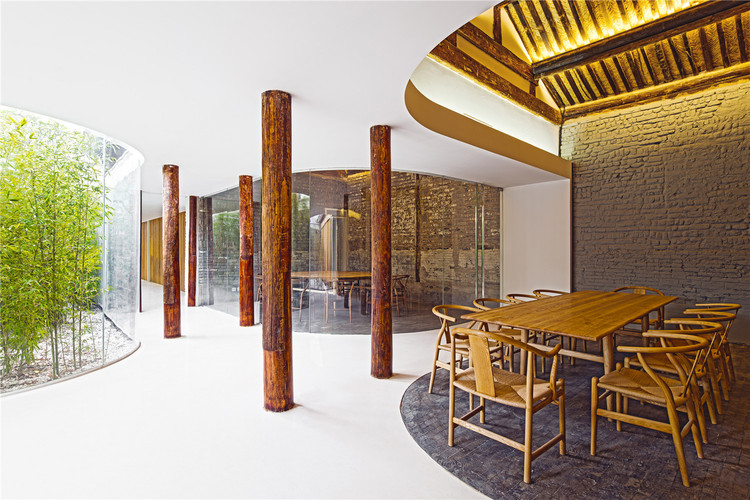
After graduating from Tecnológico de Monterrey, a leading technical school in Mexico, Francisco Gonzalez Pulido worked on design-build projects for six years before leaving for the US where he earned his Master’s degree from Harvard’s GSD in 1999. The same year the architect started working with Helmut Jahn in Chicago where he stayed for 18 years – from intern to becoming the president of the company in 2012, at which point he renamed the firm into Jahn. By then he developed his own body of work there. Last year Gonzalez Pulido started FGP Atelier in his adopted home city.


.jpg?1537702346)















